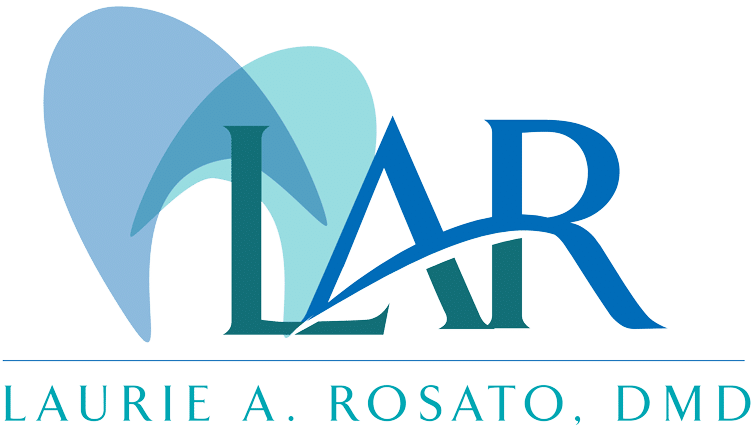Are you experiencing pain and limited range of motion in your jaw? TMJ disorder is a condition affecting the temporomandibular joint, the place where your lower jaw connects to your skull. It can cause severe pain and make it difficult to open and close your mouth to eat and talk.
While TMJ disorder can sometimes require long term treatment, there are some exercises you can do to get short-term relief. Try these 6 easy jaw exercises to relieve your TMJ symptoms.
- Relax your jaw. TMJ disorder is most often caused by tension in the jaw. In order to get relief, you need to actively relax your jaw. Touch your tongue to the roof of your mouth just behind your front teeth and open your mouth slightly so that your teeth are not touching. Hold this relaxed position for as long as you can. If you notice that you’re clenching your jaw, make a point to relax your jaw again and try to keep it in a relaxed position.
- Breathing exercises. The jaw is a common place to hold tension from stress. Breathing exercises can provide stress relief that will help reduce the tension and relieve your TMJ symptoms. A common strategy is often referred to as belly breathing. Sit or lay down and relax your body. Slowly breathe in, feeling your stomach rise rather than your chest. Slowly exhale with the goal of letting your breath out as slowly as you drew your breath in. Repeat this breathing exercise for a few minutes until you feel more relaxed.
- Tongue stretches. Another way to stretch the muscles in your jaw to relieve tension is to stretch your tongue. Touch the tip of your tongue to the roof of your mouth. Open your mouth as widely as you can comfortably, feeling very little or no pain. Hold your mouth open for 5 seconds to start and work your way up to 10 seconds.
- Movement with resistance. To get lasting relief of your TMJ symptoms, it is necessary to strengthen your jaw. One way to do this is to place your thumb under your chin, then open your mouth while pushing upward to create resistance. Then place your thumb and forefinger on either side of your jaw and close your jaw while creating resistance with your fingers.
Take Your TMJ Treatment to the Next Level With Dr. Laurie Rosato, DMD
While the above exercises can help relieve your TMJ symptoms, you should still seek professional treatment. Dr. Laurie Rosato, DMD provides a variety of treatment strategies to relieve your pain and limited range of motion related to TMJ disorder.
Call 603-228-9276 or contact us today to schedule a consultation.

